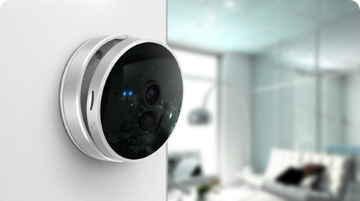Here is the breakdown: First, we gather and separate consumed/used plastic bottles, depriving bottles from labels and caps. Then, after washing, crushing and other industrial activities we convert PET bottles scraps into PET flakes. The flakes will be transferred to our second factory where they will become a raw material for Polyester staple fiber production site. The reclaimed fiber is later spun into yarn and a fabric is made, which is on its final level cut and sewn into a textile. Following the proprietary process, we can produce fibers which are of “ top quality” and this makes them perfectly practical. Recycled Polymers including PET Bottles are not only protecting the environment but also influencing our daily life.
PET Bottle Recycling Site
Polyethylene Terephthalate, also known as PET, is one of the most common plastics in the world. They make plastic bottles for beverages from PET. It’s cheap, lasting (firm), and flexible, but it can also exist (stay) for years in the municipal landfill. In Tbilisi every month approximately 750 (seven hundred and fifty) tons of plastic bottles are consumed. The initial productivity of our enterprise is calculated monthly to 1000 (thousand) tons to recycle .
During 20 years of experience, Polyvim developed a precise and recognized know-how in high quality rPET flakes.
We have evaluated cooperation in Bottle-to-Fiber recycling in all over the world and we know how to meet the strict specifications required from beverage bottles from rPET flakes. Bottle-to-Fiber recycling is a very complicated process, involving variety of levels. For this reason, Polyvim’s policy is to focus on portion of the PET B2B recycling alongside with the initial separating and the washing processes.

Bottles arriving to the recycling line are first placed into a bale breaker.Then they are washed with a caustic solution (special liquid), the discharge of the flake-washing module, which would otherwise be ejected. The main contaminants are removed here, decreasing machine wear in the following steps.
Next the pre-washing, manual and automatic separating starts. A wet granulator is then used to chop the bottles to flakes. Flakes are separated from water and squash through treatment in a centrifuge and then sent to a final separation level. After drying, an elutriator is used to remove small crumbs.
Polyester Staple Fiber Production Site
PET fiber production is an application highly in demand, especially in progressing countries in Asia, Europe, and the Middle East. In order to achieve the top quality of rPET flakes, colorings and impurities must be separated and eliminated from the consumed/used PET being treated in the recycling line.
More than 60% of the worldwide produced PET goes into the realization of synthetic fibers. These fibers have been produced on an industrial level since the end of 1940s. Today they are manufactured with various diameters, according to the needs of their final application. The total production of synthetic fibers are 65%, and the rest 35% are natural fibers.

PET fibers are used in clothing and home furnishing industries. They are utilized, for instance, in carpets, curtains, wall coverings, sheets, and pillow cases.
PET fibers are highly resistant to stretching and shrinking, and they dry quickly. This makes their use in clothing very convenient, since they are easily washed. Clothing in which PET fibers are used also have the advantage of being wrinkle resistant, meaning ironing a much easier job. Color preservation is another feature which makes their use extremely convenient.
Production of textile PET increased from 20 million tons/year in 2002 to 39 million tons/year in 2008 all over the world.
 دوربین مداربسته
دوربین مداربسته HD
HD درب های اتوماتیک
درب های اتوماتیک اعلام سرقت
اعلام سرقت اعلام حریق
اعلام حریق اتوماسیون اداری
اتوماسیون اداری تلفن سانترال
تلفن سانترال